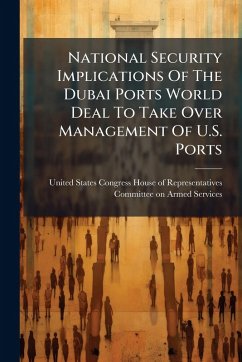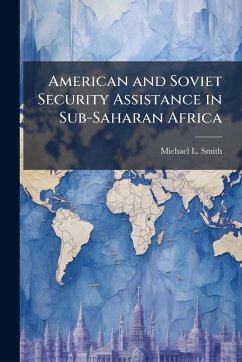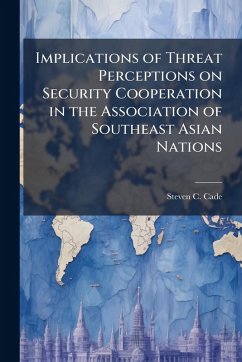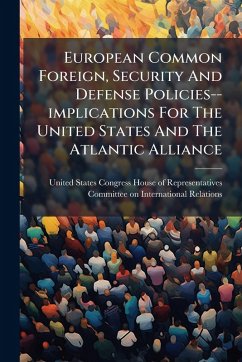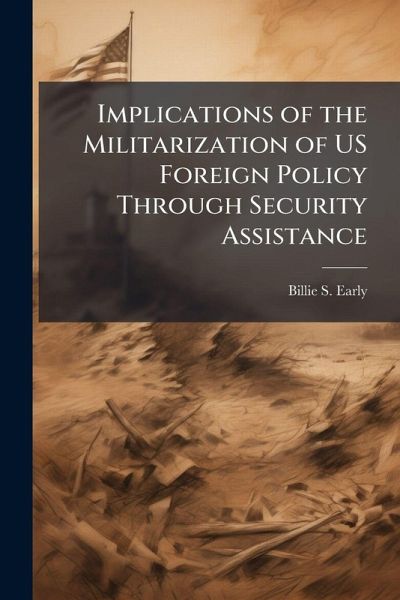
Implications of the Militarization of US Foreign Policy Through Security Assistance

PAYBACK Punkte
7 °P sammeln!
Building the capacity of foreign military forces to counter terrorism and conduct stability operations is DOD's strategy to promote the security of the United States. DOD's direct authority to train and equip military partners promotes US national security, but it risks moving the United States toward a more militarized US foreign policy. Risks are mitigated because the State Department's ability to implement US foreign policy remains strong through its close relationship with DOD and direct involvement in security assistance programs. Congress also remains engaged with yearly debate over the ...
Building the capacity of foreign military forces to counter terrorism and conduct stability operations is DOD's strategy to promote the security of the United States. DOD's direct authority to train and equip military partners promotes US national security, but it risks moving the United States toward a more militarized US foreign policy. Risks are mitigated because the State Department's ability to implement US foreign policy remains strong through its close relationship with DOD and direct involvement in security assistance programs. Congress also remains engaged with yearly debate over the appropriate whole of government approach to promoting US security interests. Militarization of US foreign policy through security assistance exists but is managed through the continuous interaction and teamwork between DOD, the State Department, and Congress. This work has been selected by scholars as being culturally important, and is part of the knowledge base of civilization as we know it. This work was reproduced from the original artifact, and remains as true to the original work as possible. Therefore, you will see the original copyright references, library stamps (as most of these works have been housed in our most important libraries around the world), and other notations in the work. This work is in the public domain in the United States of America, and possibly other nations. Within the United States, you may freely copy and distribute this work, as no entity (individual or corporate) has a copyright on the body of the work. As a reproduction of a historical artifact, this work may contain missing or blurred pages, poor pictures, errant marks, etc. Scholars believe, and we concur, that this work is important enough to be preserved, reproduced, and made generally available to the public. We appreciate your support of the preservation process, and thank you for being an important part of keeping this knowledge alive and relevant.






